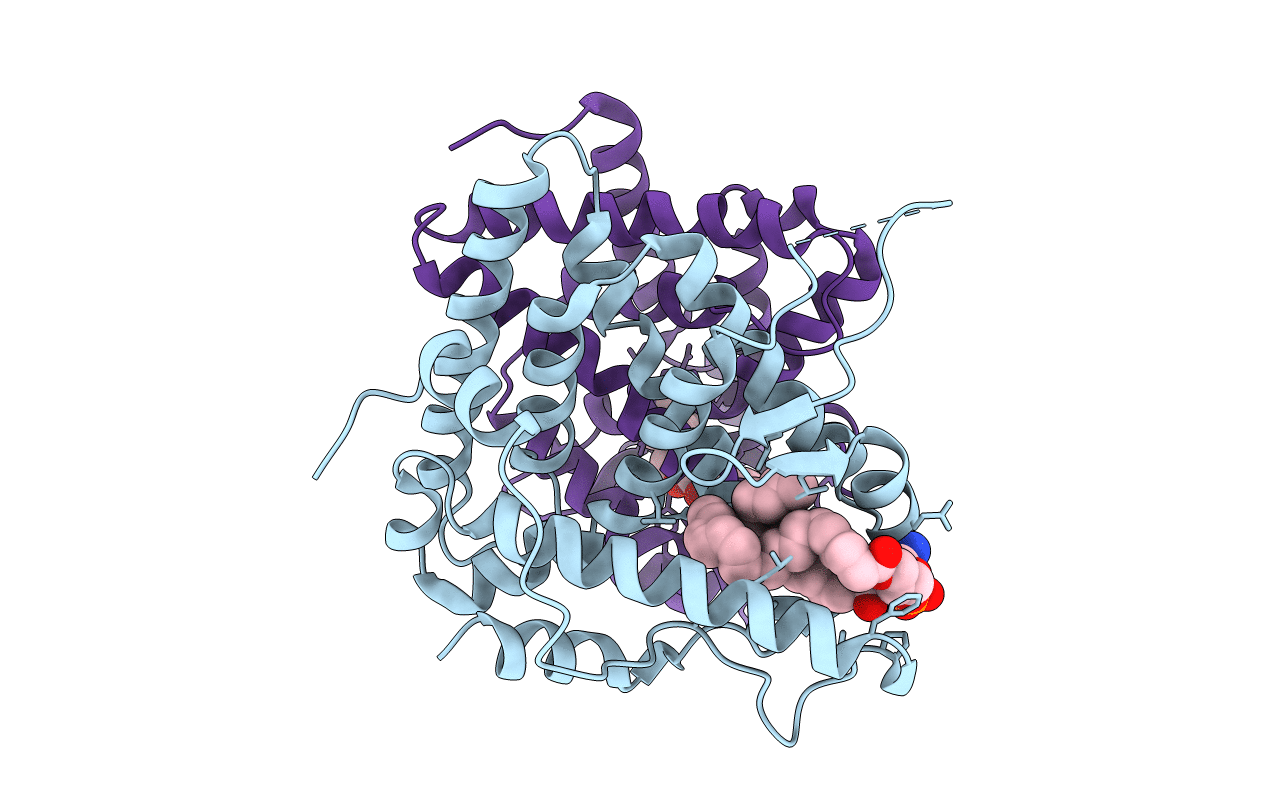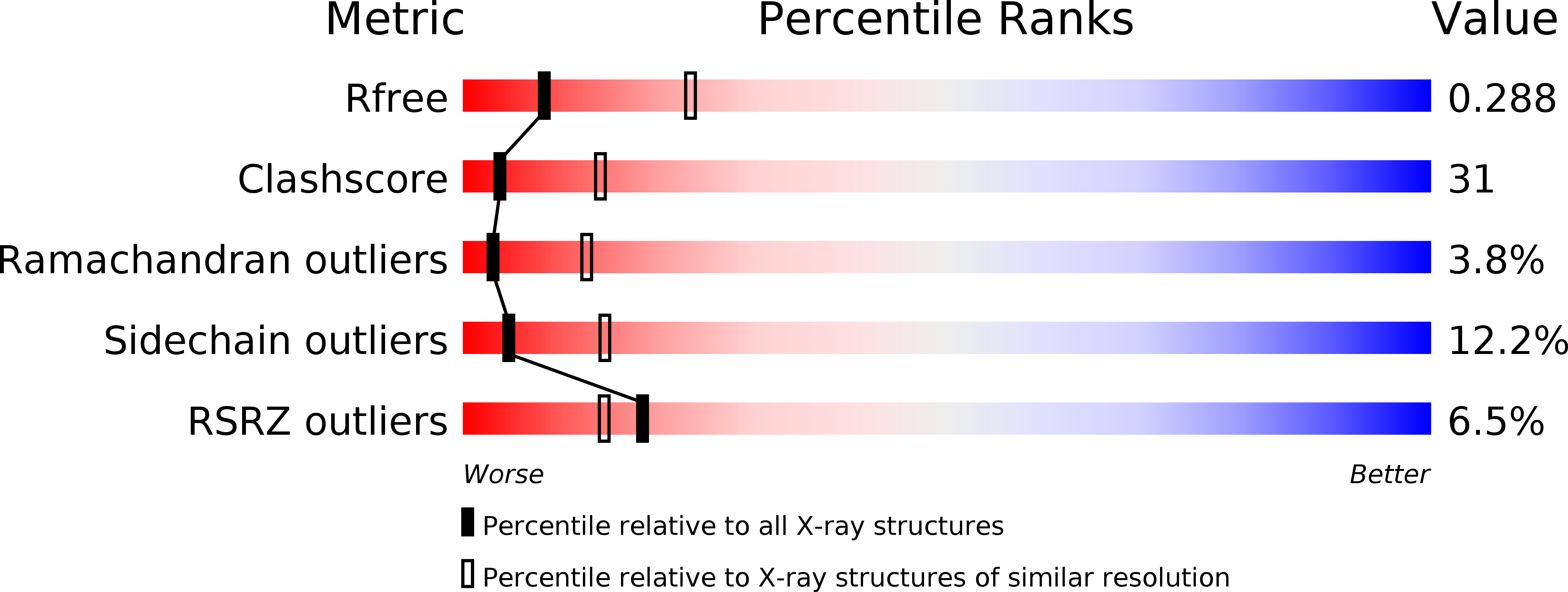
Deposition Date
2003-09-24
Release Date
2003-11-18
Last Version Date
2023-08-23
Entry Detail
PDB ID:
1R1K
Keywords:
Title:
Crystal structure of the ligand-binding domains of the heterodimer EcR/USP bound to ponasterone A
Biological Source:
Source Organism:
Heliothis virescens (Taxon ID: 7102)
Host Organism:
Method Details:
Experimental Method:
Resolution:
2.90 Å
R-Value Free:
0.30
R-Value Work:
0.24
R-Value Observed:
0.24
Space Group:
P 31 2 1


